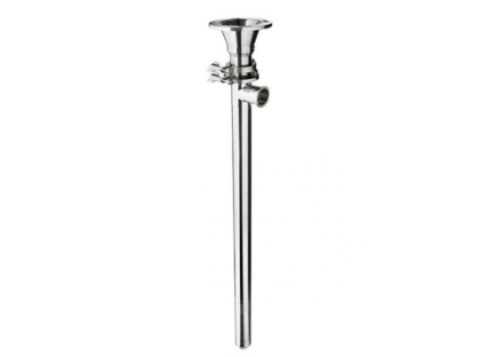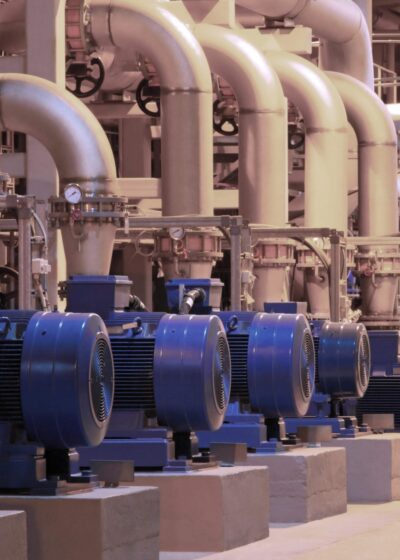
Grease Barrel Pumps
Discuss your grease application with our pump experts today!
8 products

- Max Flow Rate: 80lpm
- Max Head: 15M
- Max Temperature: 100°C
- Max Viscosity: 100,000 cP
- Solids: 10mm

- Max Flow Rate: 80lpm
- Max Head: 150M
- Max Temperature: 100°C
- Max Viscosity: 80,000 cP
- Solids: 8mm

- Max Flow Rate: 80lpm
- Max Head: 150M
- Max Temperature: 100°C
- Max Viscosity: 100,000 cP
- Solids: 10mm

- Max Flow Rate: 50lpm
- Max Head: 80M
- Max Temperature: 120°C
- Max Viscosity: 500,000 cP
- Solids: 8mm

- Max Flow Rate: 50lpm
- Max Head: 80M
- Max Temperature: 120°C
- Max Viscosity: 500,000 cP
- Solids: 8mm

- Max Flow Rate: 30lpm
- Max Head: 80M
- Max Temperature: 120°C
- Max Viscosity: 500,000 cP
- Solids: 8mm

- Max Flow Rate: 240g per complete cycle
- Max. Head: 3500M
- Max Temperature: 60°C
- Max Viscosity: 60000 cP
- Solids: 0mm

- Max Flow Rate: 4400gpm
- Max Head: 5500M
- Max Temperature: 60°C
- Max Viscosity: 60,000 cP
- Max Solids: 0mm
- Sizes: 3/8” to 1/2”
FAQs
Put most simply, a barrel pump, is a pump connected to an immersion tube that sits within the drum with its motor located outside of the container. The pump draws up the fluid through its immersion tube and is then dispensed via a hose or pipe that is connected to its outlet.


